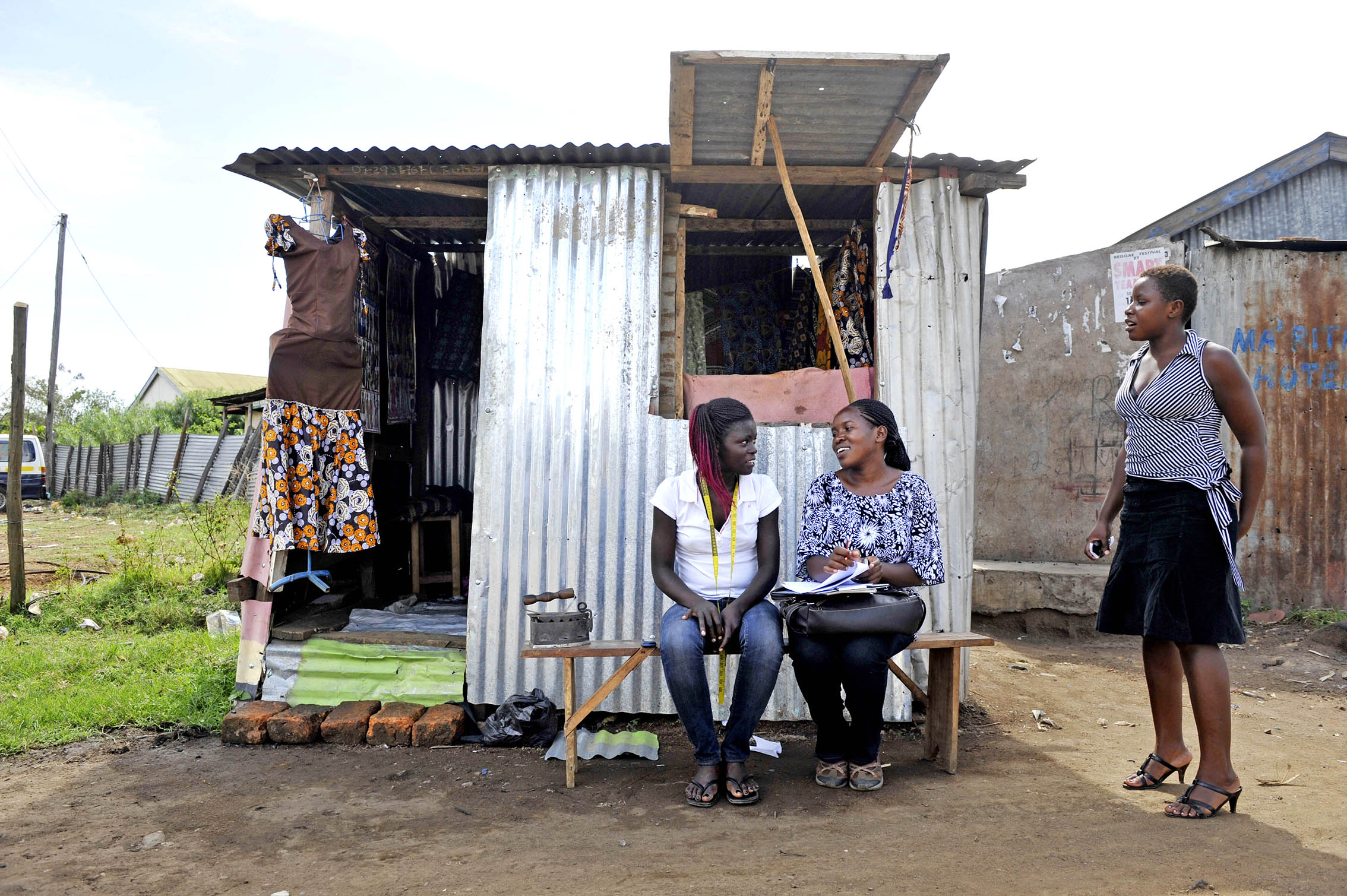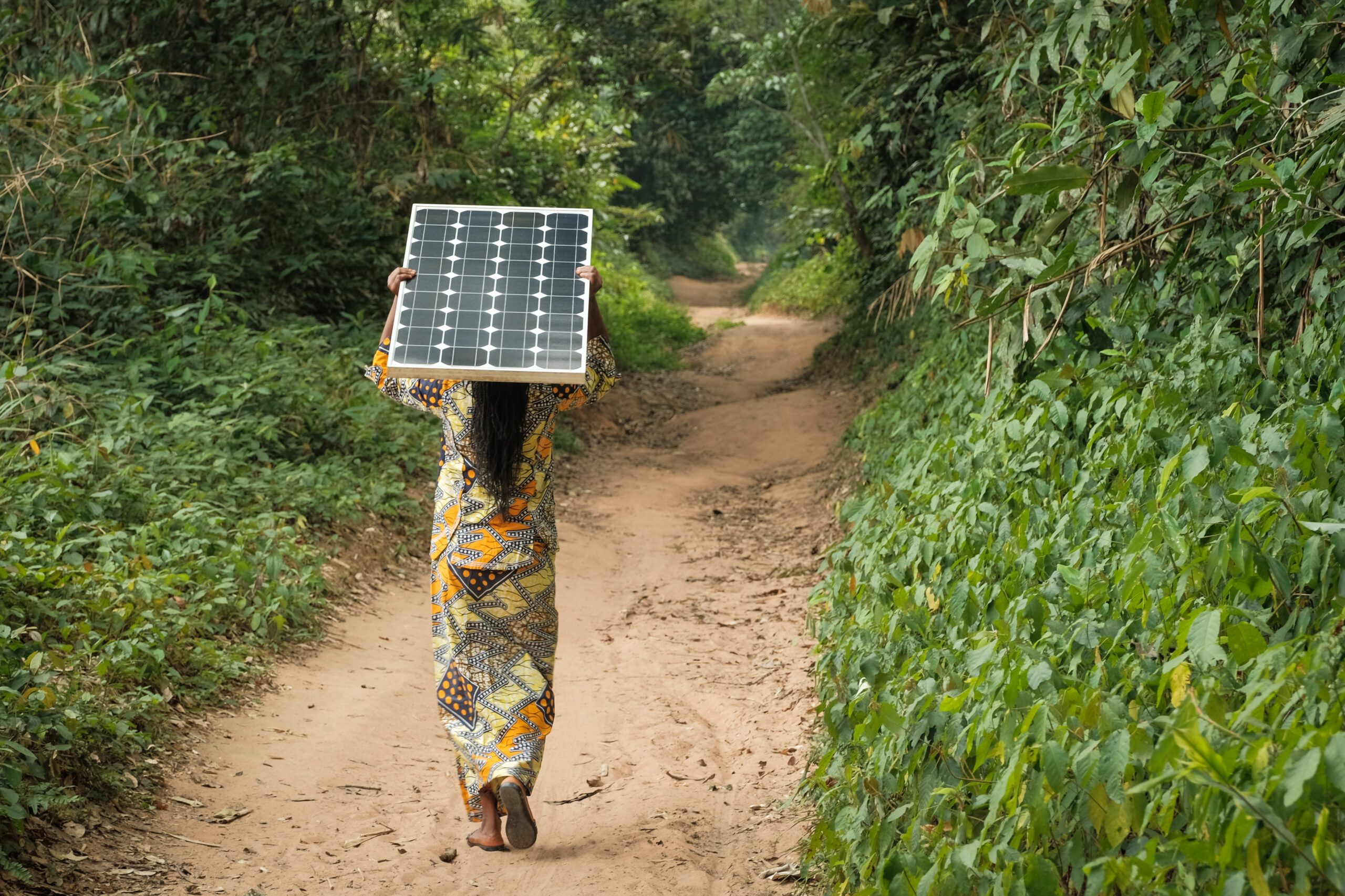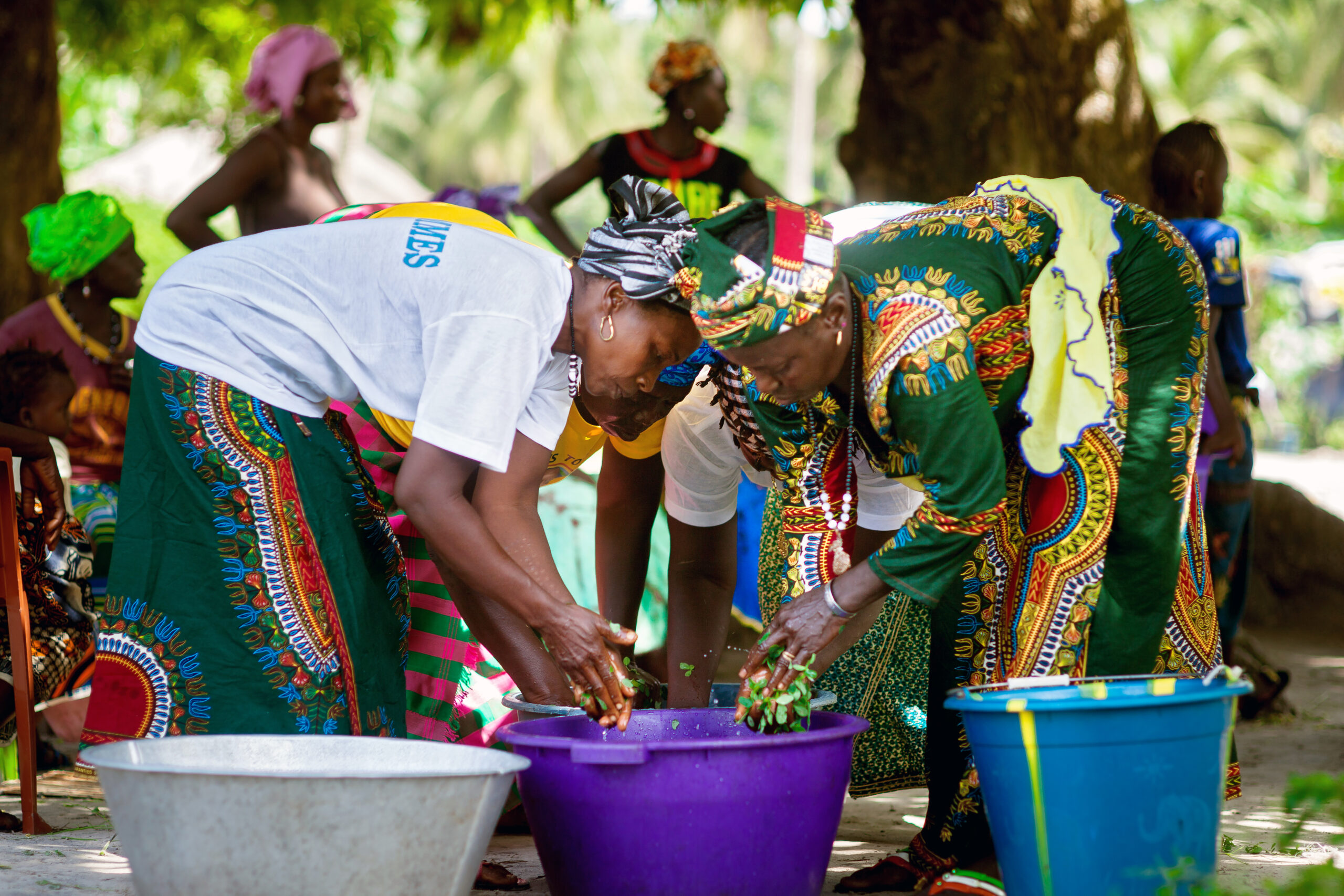'ILO photo e55117' by International Labour Organization ILO via Flickr (CC BY-NC-ND 2.0) https://flic.kr/p/2j8HnMH

Why should we care about gender equity and youth inclusion in clean energy?
14 December 2023
Concerns about environmental sustainability and fossil fuel insecurity have motivated countries around the world to transition to clean energy sources such as solar, wind, bioenergy, geothermal energy, and small-scale hydro.
Since many communities, particularly in developing countries and emerging economies, lack adequate access to energy for their domestic and livelihood needs, the global shift to clean energy is also reducing energy poverty and improving energy access in remote and rural communities, where 84% of the world’s poorest people live.
Gender equity and youth inclusion must be part of clean energy transition
The transition to clean energy is also creating new employment opportunities all over the world. Producing and distributing clean energy is more labour-intensive than for fossil fuels, which tend to be more capital-intensive. Initiatives such as the Global Alliance for Clean Cookstoves, Solar Sister, Barefoot College, Hivos, Kopernik, Grameen Shakti, and Project Gaia, have reached millions of low-income people in African, Asian, Middle Eastern, and Central and South American countries. These are positive developments both from environmental and economic perspectives. However, a gender equity analysis of clean energy technologies and the ways in which they are being deployed reveal at least two stark blind spots.
Women are known to have weaker access to new technologies almost everywhere in the world, so there are unequal access issues inherent in the transition to clean energy. It is also well established that 75% of the world’s poorest people are women, youth, and children, and that women are already very inequitably employed worldwide in the clean energy sector.
Globally, women currently represent 32% of the clean energy workforce – a much higher share than women in the conventional oil and gas sector (22%) – but well below their 48% participation in the overall economy. At 28%, women are particularly underrepresented in the clean energy sector in jobs that require science, technology, engineering, and math (STEM) training, compared to 35% in non-STEM technical jobs, and 45% in administrative positions. This is both a problem and an opportunity because the global shift to clean energy is creating demand for a growing array of technical, administrative, economic, policy, legal, business and entrepreneurial skills, and acute labour and skill shortages, are being reported in the clean energy sector all over the world.
To enable a sustainable global transition to clean energy, the sector must engage the skills and talents of women and youth since they constitute well over half of the global human population. There are both instrumental reasons of meeting labour requirements and intrinsic reasons of equity and fairness for enabling larger numbers of women and youth to access employment and entrepreneurial opportunities in the clean energy sector.
The clean energy sector directly or indirectly employed nearly 12.7 million people worldwide in 2021. This is a 5.8% increase from the 12 million employed in 2020, and employment in the sector is expected to continue to grow rapidly in the future. If gender equity and youth inclusion are not addressed proactively and systematically, the clean transition may do what the green revolution did in the 1970s: boost economic productivity by putting capital and technology in the hands of wealthier farmers, who are predominantly men, while marginalising women in the agricultural sector and making them more invisible and vulnerable to poverty than they already were.
Inequities in clean energy transition could hinder achieving the SDGs
Without appropriately targeted training, education, apprenticeships, employment placement, entrepreneurship opportunities, financial tools, and supportive social policies, the global transition to clean energy may exacerbate existing inequities for women and youth and hinder the achievement of global poverty alleviation and human development goals, such as the UN Sustainable Development Goals (SDGs).
Gender equality was framed as a standalone SDG (SDG 5) because it is a fundamental human right and a necessary foundation for a peaceful, prosperous, and sustainable world.
When the SDGs were framed in 2015, ensuring access to affordable, reliable, sustainable, modern energy for all was also deemed an objective important enough to warrant a standalone SDG (SDG 7). Since women constitute more than 50% of the world’s population, and since they are also presently underrepresented in the clean energy sector, there is growing recognition that universal clean energy access is unlikely to be achieved by 2030 without gender equality, and, conversely, that gender equality is unlikely to be achieved without equitable global access to sustainable energy.
Improving gender and youth equity in clean energy transition
Despite clear evidence of the synergies and interdependencies between SDG5 and SDG7, empirical data on the participation of women and youth in the clean energy sector remains weak and scattered, and so do policy interventions designed to optimise their participation. This is precisely what Canada’s ‘International Development Research Centre’ (IDRC) is trying to improve through the ‘Clean Energy for Development’ initiative.
By providing financial resources, research and policy advice, and training to researchers in developing countries, this initiative aims to contribute toward a transformation of the energy sector, from fossil-based systems of energy production and consumption to clean energy sources, while simultaneously creating more economic opportunities for women and youth. The programme also aims to encourage knowledge sharing with policymakers, researchers, and local communities to motivate the formulation of context-specific programmes and policies to ensure that access to employment and entrepreneurial opportunities in the clean energy sector do not remain out of reach for low-income groups in general, and women and youth in particular.
blog
Credit: Formation, Recherche, et Environnement dans la Tshopo (FORETS), Democratic Republic of Congo by Axel Fassio/CIFOR via Flickr, CC BY-NC-ND 2.0 https://flic.kr/p/M4bV7G

T20 Side Event: Powering change: Women, youth, and the clean energy revolution
Thursday 12 June 2025
Watch again In this virtual panel event, we will bring together experts from various regions to address a critical challenge of our time: ensuring that women and youth are not left behind in the global transition to clean energy. Gender equity needs to be at the centre of clean energy policies or women will become […]
Woman carrying a solar pannel near Yangambi, DRC. Axel Fassio/CIFOR via Flickr. CC BY-NC-ND 2.0 https://flic.kr/p/286BAUy

Powering Change: The Critical Role of Women and Youth in Sustainable Energy Transformation
9 April 2025
How do we build economic systems that recognise and work within the biophysical limits of our finite planet while simultaneously reducing poverty and inequality? This has become a defining question of our time, and the global transition to clean energy is increasingly considered an important vehicle via which we might address this ‘trilemma.’ Concerns about […]
Guinea - Rural Women's Cooperative Generates Income and Improves Community Life by UN Women via Flickr. CC BY-NC-ND 2.0 https://flic.kr/p/Pqdj5s

Experts call on G20 leaders not to leave women and children behind in the clean energy transition
17 June 2025
As global challenges in clean energy adoption intensify, a compelling conversation unfolded during a virtual panel event, “Powering Change: Women, Youth, and the Clean Energy Revolution,” bringing to the forefront the urgent need to prioritise gender and youth inclusion in the clean energy transition. This event was hosted as an official side event for the […]

